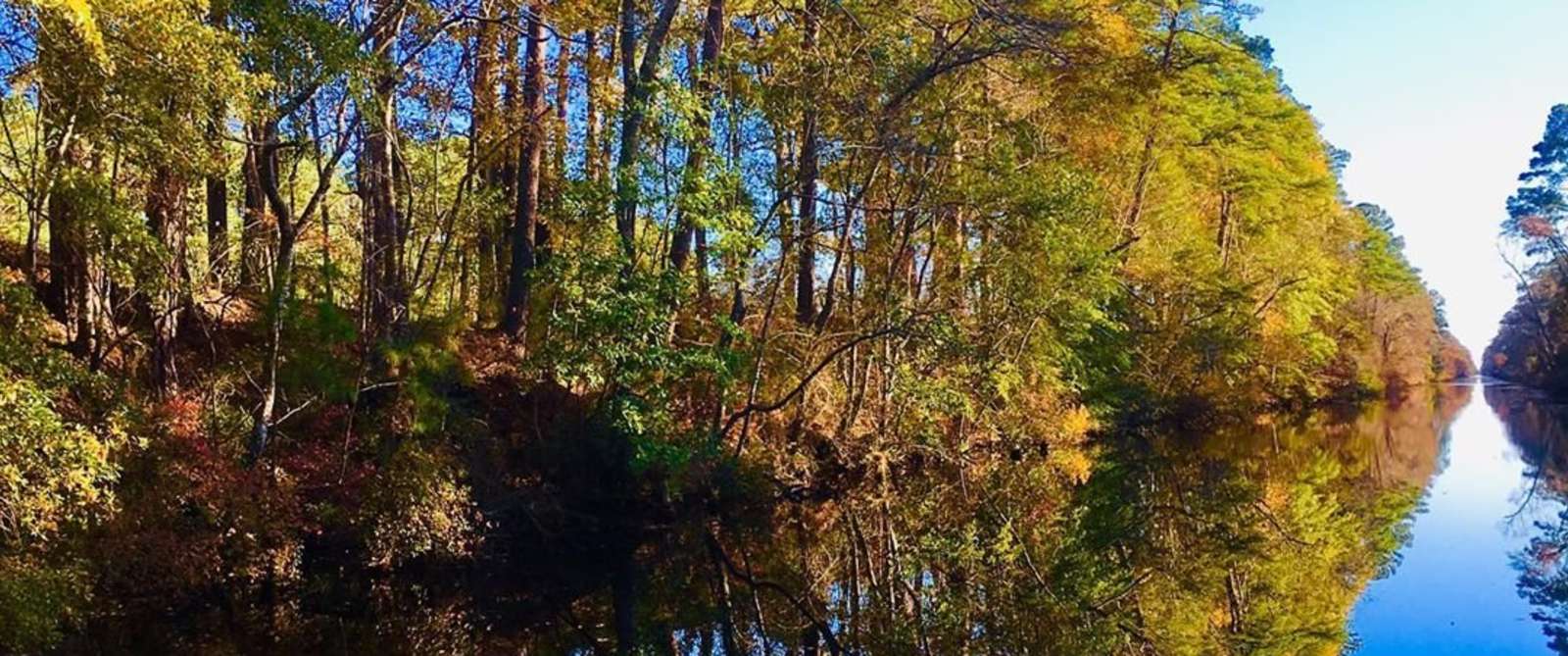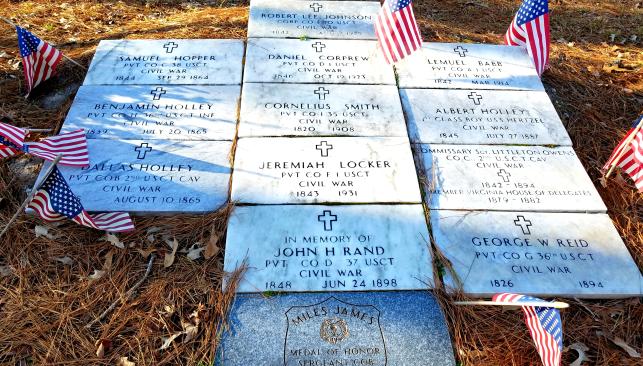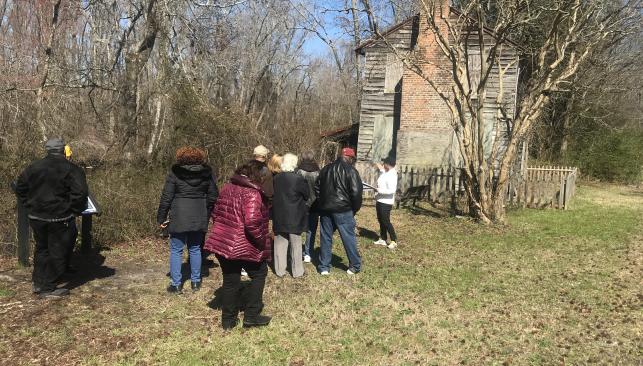Dismal Swamp Canal
Stop number three of the Chesapeake African American Heritage Trail is the Dismal Swamp Canal Trail. This 8-mile trail is adjacent to the Dismal Swamp Canal and part of the Great Dismal Swamp National Wildlife Refuge. The Dismal Swamp Canal is on the National Register of Historical Places, and is recognized as part of the National Parks Service "Underground Railroad Network to Freedom" program. It is also a National Historic Civil Engineering Landmark.
Several historically significant things occurred along the canal.
Dismal Swamp Land Company
Highways didn't exist in the 18th century. The earliest survey into the swamp was by a British soldier, William Byrd II in 1728. Later, in the mid-1700s, Virginia Governor Patrick Henry made it clear that canals were the most efficient means of transportation, and urged their creation and development. George Washington agreed, recognizing the benefits of a canal that would connect the Chesapeake Bay and Albemarle Sound. He also saw the economic opportunity of the dense timber in the swamp. Washington first visited the swamp in 1763. Along with several investors, he organized the Dismal Swamp Land Company. The company was involved in draining and logging portions of the swamp.
Digging the Canal
The work of digging the canal began in 1793. The grueling work was done by hand, mostly by enslaved people. Under highly unfavorable conditions, it took about 12 years of back-breaking labor to complete the 22-mile long waterway. This equates to about 1.8 miles completed per year. In addition to the arduous labor, workers endured the mosquito- and wildlife-infested environment. The canal was completed in 1805. Today, operated by the US Army Corps of Engineers, the canal is the oldest operating man-made canal in the country. It is six feet deep and 50 feet wide.
19th Century Work on the Canal
Moses Grandy was a remarkable man. Born into slavery around 1786, he cut timber and was a leading waterman on the Dismal Swamp Canal. Called a "slave narrative," the written account of his life "Narrative of the Life of Moses Grandy," was published in 1843. In it he stated, "When I reached Deep Creek, I went to the house of Captain Edward Minner. He was very glad to see me, for in former days, I had done much business for him." His work was a key part of the business of trade along the newly formed Dismal Swamp Canal. He worked closely with merchants bringing goods into ports around the region. Grandy saved money whenever possible. James Grandy, a former childhood friend, had become Moses' owner. James Grandy agreed to allow Moses to "buy his freedom" for $600. This was the first of three times Grandy would buy his own freedom. The third and final time, Moses moved to Boston to avoid capture and re-enslavement, which was common in Southern states after the death of a former master. Hardworking, intelligent, and determined, Moses Grandy defied the odds and established a way for himself and his family. Today, Chesapeake's Moses Grandy Trail in Deep Creek is named in his honor.
Farming the timber from the swamp was another project requiring a labor pool. In his 1848 autobiography "Free Man of Color", Willis Augustus Hodges shared his personal account working as a laborer on the canal. "Hearing that they wanted some laborers on the canal . . . hired out to work on the canal at $12 a month . . . The bell would ring at day break, at which we would form on both sides of the road. Being five hundred men, we made a pretty long string. All were slaves except twelve . . . " Hodges also wrote of "a very cruel and hard task master" who made the men work from sun-up to sun-down, flogging men often. Outraged by the cruelties he had witnessed, Hodges left and never returned.
During the American colonial period, groups of enslaved people seeking freedom created communities in heavily wooded and swampy areas. Known as Maroon Communities, many were sustained for generations. The Great Dismal Swamp National Wildlife Refuge is nationally-recognized as part of the historic Underground Railroad Network.
Podcast
Parking
There is plenty of onsite parking, as well as public restrooms. Walking and biking are permitted on the Dismal Swamp Canal Trail.
MORE ON THE AFRICAN AMERICAN HERITAGE TRAIL
Explore the full list of Chesapeake's African American Heritage Trail locations.






